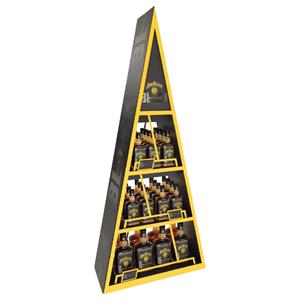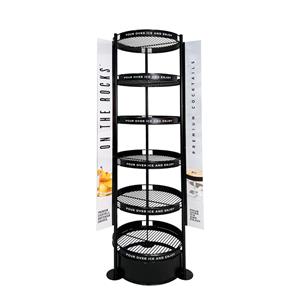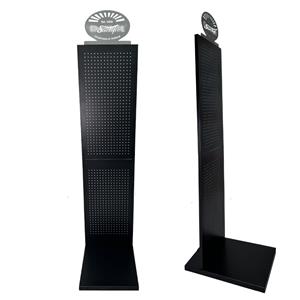How Transparent LED Screens Are Shaping the New Media Consumption Era?
Summary
In today’s rapidly evolving media landscape, Americans are shifting how they consume news at breakneck speed. Social media platforms and video channels now eclipse traditional TV news and websites as primary sources for younger audiences. Amid this transformation, display technologies like transparent led screen, transparent screen, led transparent screen, transparent computer screen, and led screen transparent are emerging as key tools for media companies and advertisers to stay visible and engaging. These solutions allow brands to deliver dynamic, eye-catching content while maintaining a sense of transparency and connection with audiences in public spaces.
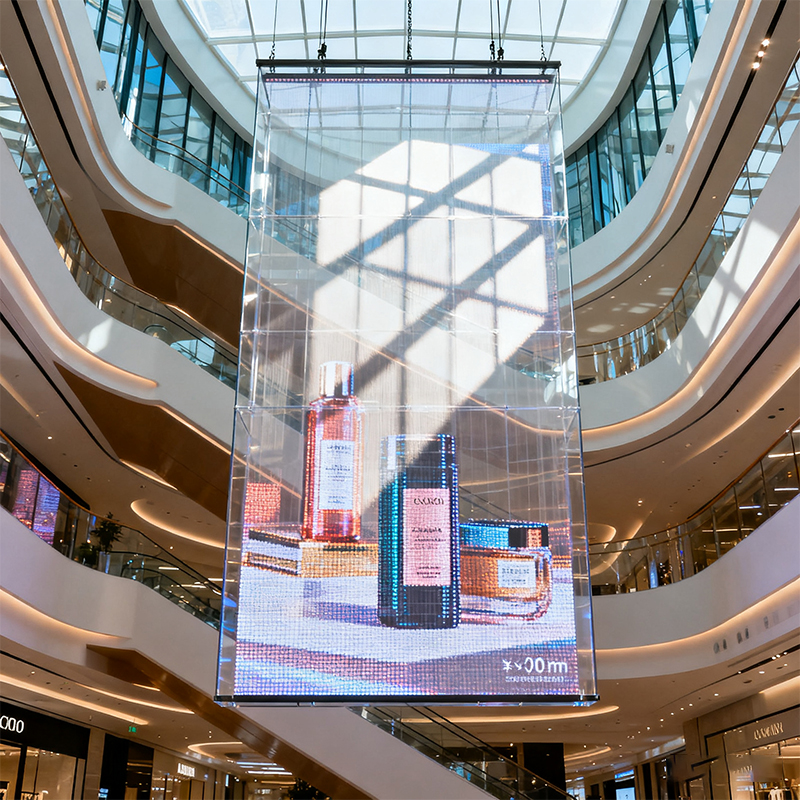
Media Consumption Shifts: A Clear View Through Transparent Screens
Recent surveys show that viewers increasingly prefer on-demand content accessible through mobile devices and social platforms, rather than waiting for scheduled TV broadcasts. In this context, transparent led screen installations in public areas, newsrooms, and retail environments give media outlets a novel way to capture attention. Whether it’s a transparent screen embedded in a storefront window or a led transparent screen in a subway station, these displays blend digital information seamlessly with the real world, offering a fresh perspective on news delivery.
By integrating transparent computer screen technology, editors and producers can interact with live content in real time, overlaying graphics, headlines, or social feeds without obstructing visibility. The modern led screen transparent setup becomes both a visual spectacle and a functional workspace.
Engaging Younger Audiences With Dynamic Transparency
Millennials and Gen Z viewers are shaping the future of news consumption. They gravitate toward video-first, interactive experiences. Using transparent led screen technology, content creators can craft immersive storytelling moments that feel alive in public and private settings alike.
A transparent screen in a retail lobby can stream breaking news or highlight curated social media content, keeping viewers informed while enhancing the aesthetic appeal of the environment. Similarly, a led transparent screen in a coffee shop or co-working space can capture attention subtly, offering information without overwhelming patrons. These setups prove that even in fast-scrolling culture, clarity and design matter.
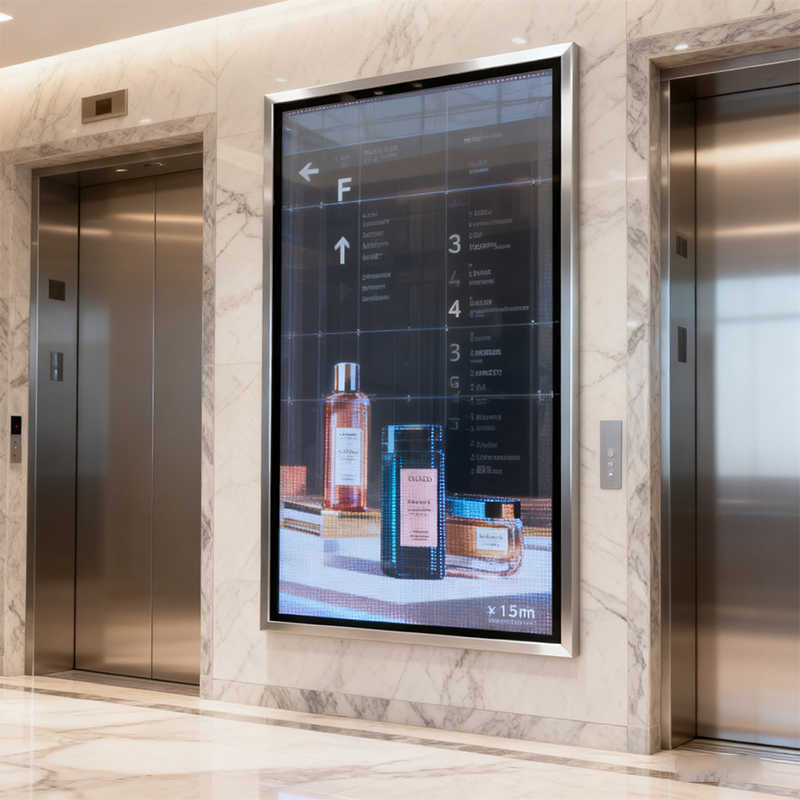
The Intersection of Technology and Advertising
Beyond news delivery, transparent computer screen and led screen transparent solutions are redefining advertising strategies. Brands can superimpose messaging on glass surfaces, windows, or partitions while maintaining a view of the surroundings.
Transparent led screen panels provide a striking balance between visibility and integration, making pop-up activations and retail displays more versatile. With a transparent screen, marketers can layer promotions over a live scene, making each interaction feel spontaneous yet curated. Meanwhile, a led transparent screen behind a news anchor or in a newsroom adds a tech-savvy flair that resonates with younger audiences.
Practical Tips for Implementing Transparent Display Technology
Companies looking to leverage transparent led screen or transparent screen solutions should consider several practical points:
Placement and Visibility: Ensure led transparent screen installations do not obstruct sightlines, maximizing engagement without frustrating viewers.
Content Adaptation: Use dynamic content that works with semi-transparent displays—transparent computer screen overlays can be particularly effective for layering graphics over live footage.
Durability and Maintenance: Regular calibration keeps led screen transparent installations bright, vibrant, and free from ghosting.
Integration: Pair transparent led screen setups with social media feeds and live updates to increase interactivity and relevance.
These measures help media and advertising professionals maintain visual impact while embracing the modern consumption habits of younger demographics.
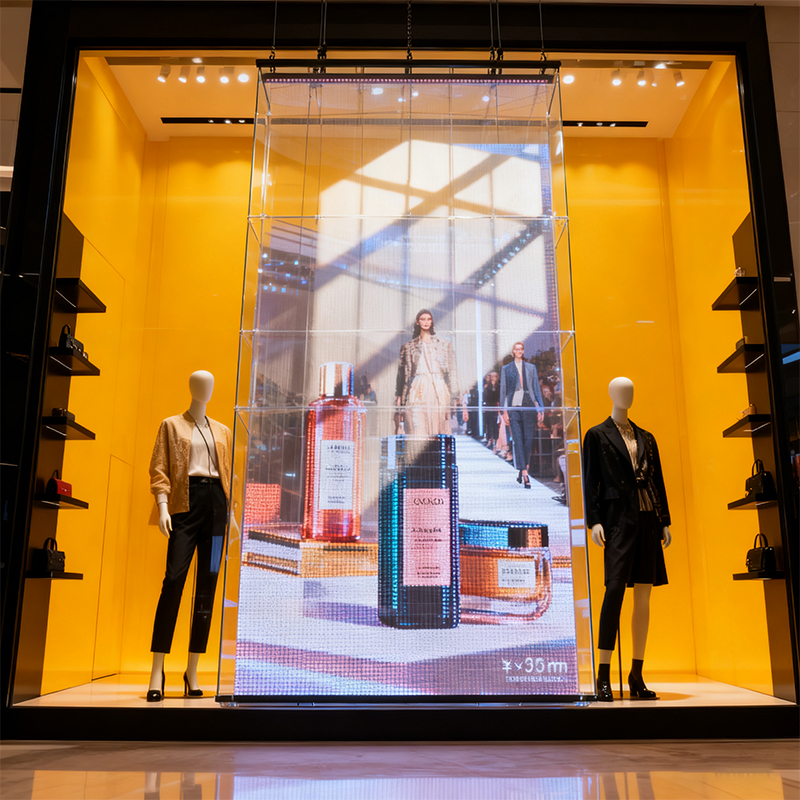
Future Outlook: Transparent Screens as a Media Staple
As social media and video platforms continue to dominate, transparent display technology is poised to become a mainstay in public and commercial spaces. Investing in transparent led screen, transparent screen, led transparent screen, transparent computer screen, and led screen transparent solutions enables content creators to adapt quickly and maintain audience engagement.
The ability to merge live content, branding, and interactivity while preserving spatial awareness ensures that transparent display technology isn’t just a novelty—it’s a tool for survival and growth in the ever-changing media landscape.
FAQ
Q1: How do transparent screens affect audience engagement?
Transparent led screen and led transparent screen installations attract attention by merging content with real-world environments, increasing dwell time and interaction.
Q2: Are transparent computer screens practical for newsroom setups?
Yes. Transparent computer screen solutions allow real-time content overlay without obstructing the workspace, providing functional and aesthetic advantages.
Q3: Can transparent screens be used for advertising and news simultaneously?
Absolutely. Led screen transparent technology supports dual-purpose installations, delivering content and advertisements dynamically while maintaining transparency.
Q4: Are these screens durable enough for public installations?
High-quality transparent led screen and transparent screen panels are built for repeated use, offering long-term performance in high-traffic areas.
Q5: What is the long-term value of using transparent display technology?
Transparent led screen, transparent screen, led transparent screen, transparent computer screen, and led screen transparent provide flexibility, interactivity, and visibility—critical for engaging audiences in the evolving digital news ecosystem.
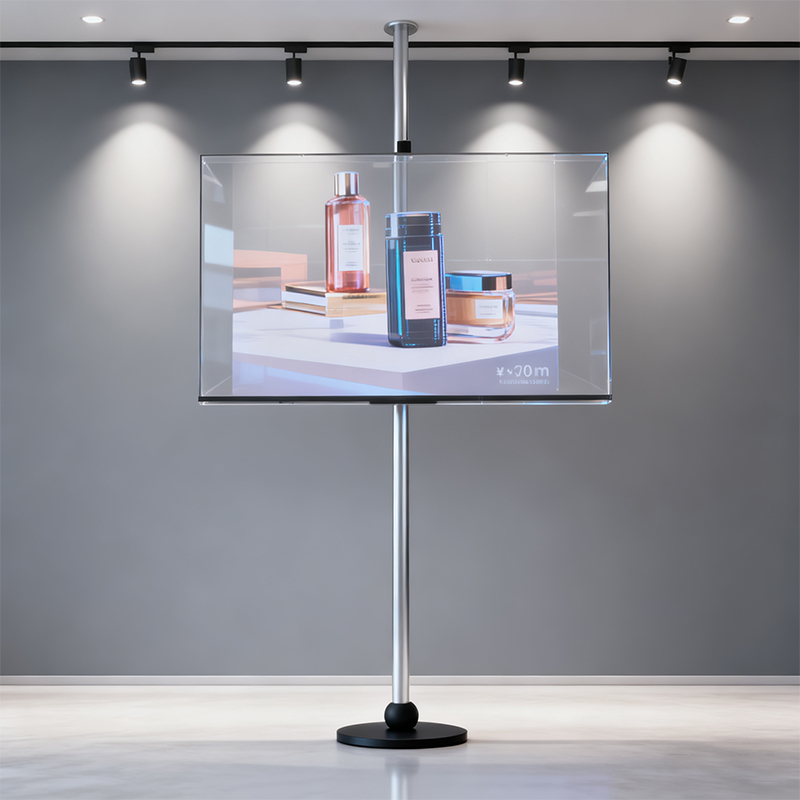
Conclusion
The rapid shift in how Americans consume news demands innovative display solutions. By adopting transparent led screen, transparent screen, led transparent screen, transparent computer screen, and led screen transparent technologies, media outlets and advertisers can maintain relevance, captivate younger audiences, and provide clear, engaging content in public and commercial environments. Transparent display technology ensures that even in a fast-moving, socially-driven media landscape, visibility, clarity, and audience connection remain paramount.
Sintop Value
At Sintop, we help brands upgrade their communication strategy with transparent led screen, transparent screen, led transparent screen, transparent computer screen, and led screen transparent solutions. Our value lies in:
High-Resolution Visual Impact — Crisp graphics while maintaining full transparency.
Architectural Integration — Turn windows, partitions and glass facades into media channels.
Modular & Custom Design — Tailored sizing and curvatures for retail, corporate, and public-space applications.
Low Maintenance & Long Lifespan — Durable components built for long-term commercial operation.
With Sintop, media companies and advertisers get not just a display — but a future-proof tool for audience engagement and brand storytelling.

Contact information
Website: www.sintopfixtures.com
Wechat/WhatsApp: +86 15980885084
Email: elly@xm-sintop.com
FAQ
1. What are store fixtures?
Store fixtures are essential equipment and furniture used in retail spaces to display, organize, and store merchandise. Examples include shelving units, racks, display cases, counters, and hooks.
2. Why are store fixtures important?
Store fixtures enhance the shopping experience by organizing products, improving accessibility, maximizing space, and creating appealing displays that attract customers and boost sales.
3. What types of store fixtures are commonly used?
Common types of store fixtures include:
Shelving Units(wall shelves, free-standing shelves, adjustable shelving)
Display Cases (glass cases, countertop cases)
Racks (clothing racks, display racks)
Counters (checkout counters, service counters)
Hooks and Pegboards
End Caps
Signage and Graphics
Mannequins
4. How do I choose the right store fixtures for my retail space?
Consider your merchandise type, store layout, and branding needs. Fixtures should be functional, complement your store's design, and fit within your budget. Evaluate your space to determine the best fixture types and configurations for optimal product presentation and customer flow.
5. Can store fixtures be customized?
Yes, many store fixtures can be customized to align with your store's branding and specific needs. Customization options include materials, colors, sizes, and designs. Collaborating with a fixture supplier or designer can help create fixtures that match your store’s style and functional requirements.
6. How can I maximize space with store fixtures?
Utilize fixtures that optimize vertical space, such as wall-mounted shelves and tall display racks. Modular and adjustable fixtures can adapt to changing merchandise or store layouts. Plan your store layout carefully to ensure efficient use of space and smooth customer flow.
7. How do I maintain store fixtures?
Regularly clean and inspect fixtures to ensure they remain in good condition. Check for wear and tear, and repair or replace damaged parts. Follow manufacturer guidelines for maintenance and cleaning to extend the lifespan of your fixtures.
8. Can store fixtures be used for different types of retail stores?
Yes, store fixtures can be adapted for various retail environments, including clothing stores, electronics shops, grocery stores, and more. The choice of fixtures depends on the specific needs and merchandise of the store.
9. How can store fixtures improve the customer experience?
Well-designed fixtures make products easy to find and browse, enhancing the overall shopping experience. Effective use of fixtures creates an organized, aesthetically pleasing environment that encourages customers to spend more time in the store.
10. Where can I purchase store fixtures?
Store fixtures can be purchased from specialized fixture suppliers, retail equipment stores, or custom fixture manufacturers. Online retailers and local suppliers also offer a wide range of options.

